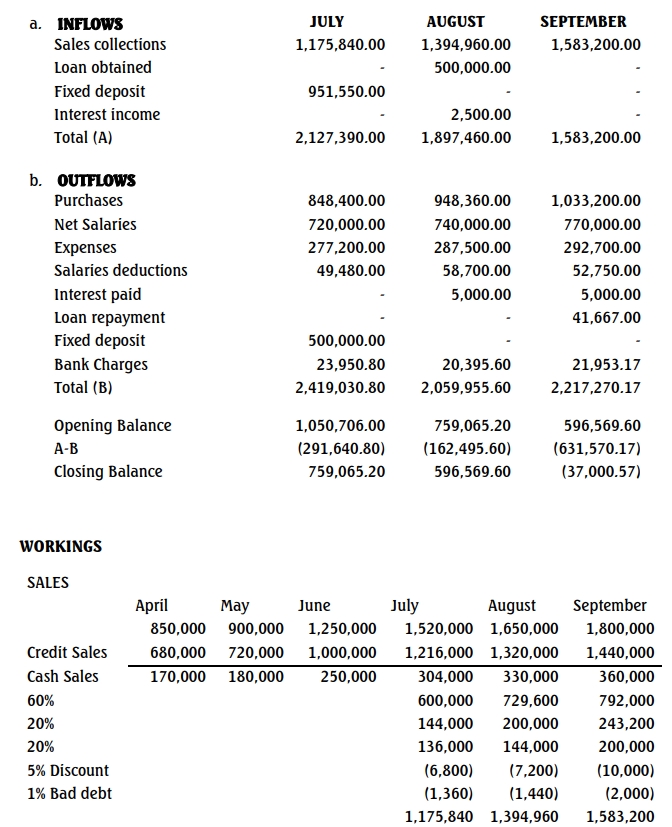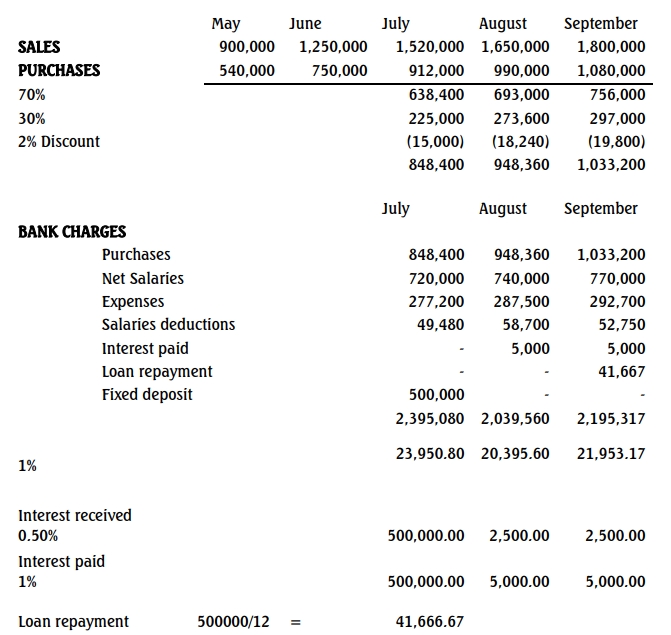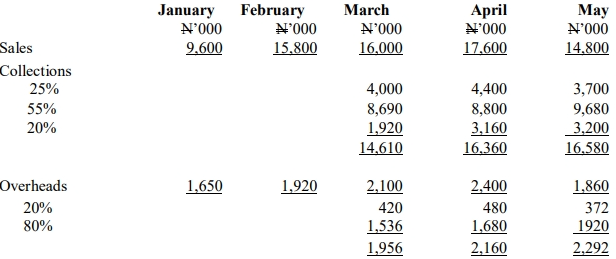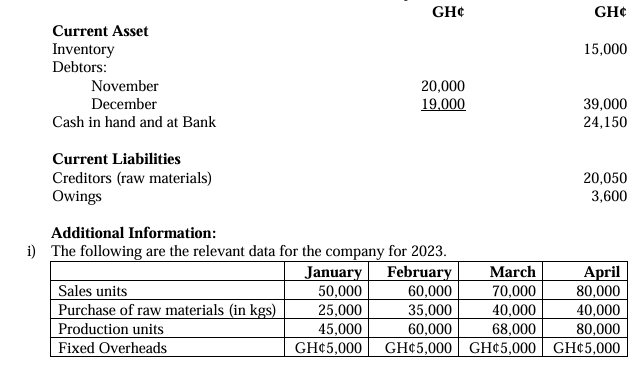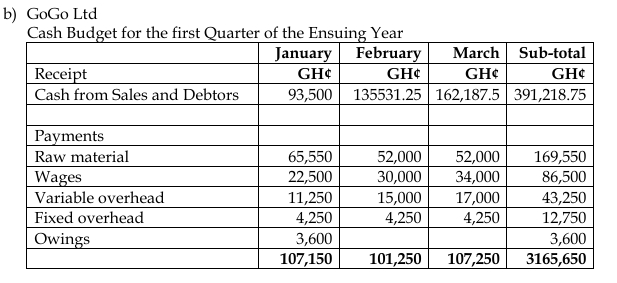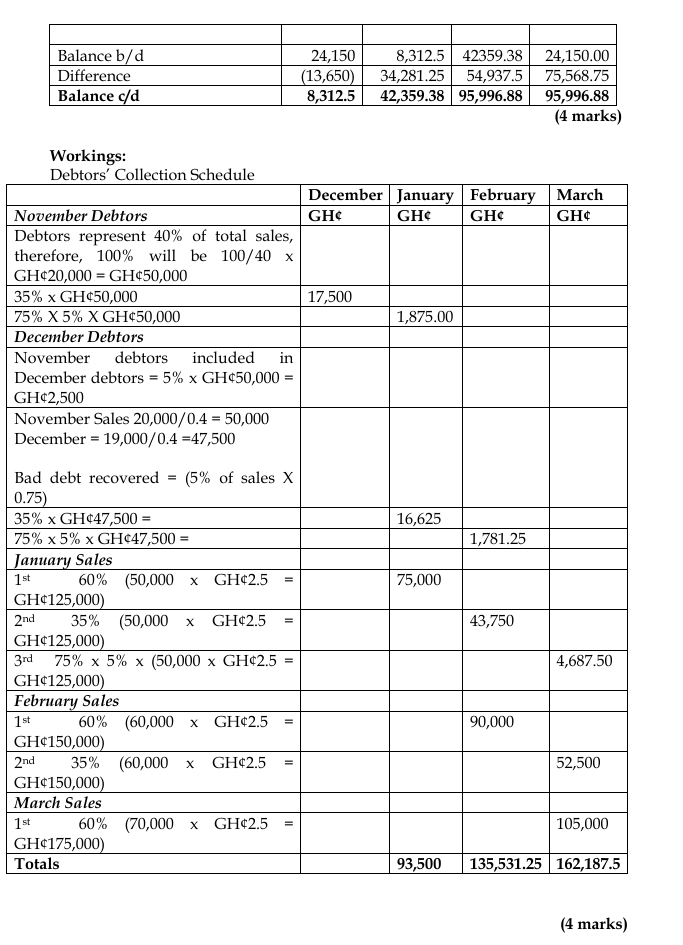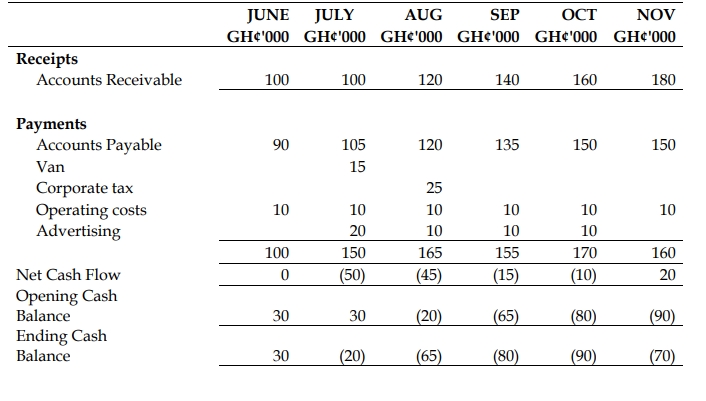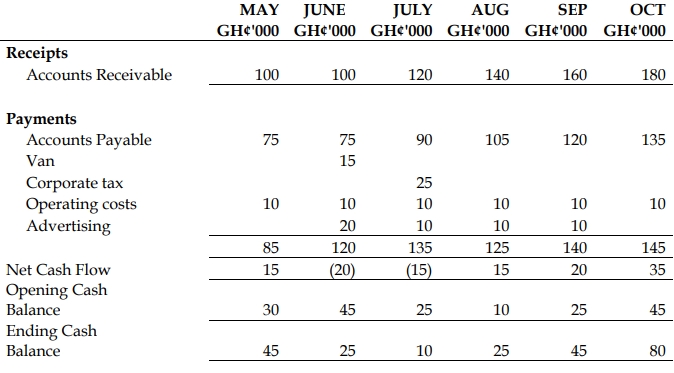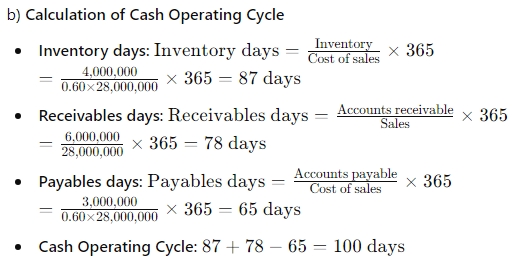ICHWARD LIMITED
Background Mr. Kwesi Bonku is the Managing Director of Richward Ltd, a small haulage contracting company, which he founded 15 years ago. Originally, Mr. Bonku was a heavy goods vehicle driver himself, working for other contractors, but he had the intent of establishing his own business. Having received his pension, he acquired an articulator truck and began to work from home. Over time the business expanded and now Richward Ltd operates a fleet of 15 heavy goods vehicles. Five of the current fleet of trucks was acquired in the last financial year, replacing older units which were becoming too expensive to maintain. The Company now employs 20 full-time and varying number of part-time driver mates. The part-time staff work as and when required.
Mr. Bonku acquired two plots of land six years ago and built a house on it, which he and his family occupy. In addition, he built a garage with facilities for minor servicing and repairs on the same site. Living on site has enabled him to offer a 24-hour service to clients. Consequently, movement of the trucks in and out of the site occurs at all times of day and night. There have been objections raised by the residents in the neighbourhood to disturbance and the local Radio Stations has at various times reflected this criticism.
In addition to the haulage business, the company also obtained license and established a driving school. This had proved to be a successful diversification as there is a regular stream of customers. This training takes place mostly in Richward Ltd’s own garage facilities. It became clear to Mr. Bonku that the land on which the garage facility is built was inadequate for the needs of his growing business.
Acquisition of land One year ago, Mr. Bonku entered into negotiations to lease some land which would be more than satisfactorily for the company’s operations. The land is situated on an industrial estate five kilometres from the existing facility. In addition, there is room to build a workshop facility which would be adequate for the needs of the fleet.
Following agreement of a lease arrangement, which was concluded just before the completion of the last financially year, Richward Ltd occupied the land on which there were no building erected or utilities supplied. Since taking possession of the land, a large security fence has been erected and a small portable cabin placed on site. Water and electricity services have been supplied and negotiations are taking place for the installation of a large diesel tank adequate to service other vehicles besides those of Richward Ltd.
Accounting Mr. Bonku recruited Mrs. Efua Dadson, a part-time accountant, four years ago. Prior to Mrs. Dadson’s arrival, Richward Ltd applied a policy of paying all invoices immediately on receiving them. As debtors were frequently taking over and above the credit period (30 days) allowed, Richward Ltd suffered a cash flow shortage, which resulted in a large bank overdraft.
Mrs. Dadson introduced some basic financial accounting procedures into the company. In addition to exercising some control on Richward Ltd expenditure, Mrs. Dadson has reduced the debtors’ collection period to about half its former level. Creditors are now paid when the invoices fall due rather than immediately upon their receipt. Such control had been lacking prior to her arrival at the company.
The company faces strong competition for haulage contract work. Typically, haulage contractors operate on a low-margin basis and smaller companies often sub-contract from large-scale hauliers. Richward Ltd carries haulage for a variety of customers as well as undertaking some subcontracting. Much of the haulage work the company carries out is seasonal.
One of its top clients, Grace Ltd, recently appointed a new transport manager. The new Manager of Grace Ltd. has begun to employ other hauliers besides Richward Ltd. Over the last two months, the haulage work Richward Ltd has received from Grace Ltd has reduced by about a third.
In order to address the competition, Richward Ltd recently diversified into the sale of hydraulic oil. Sales have been running at a steady rate of 50 gallons each month for some time, but the company is dissatisfied with this level of sales and from next month June 2016, the company intends to advertise actively. This is expected to increase sales by 10 gallons per month from June to October inclusive after which it will remain steady at 100 gallons per month.
Each gallon costs GH¢1,500 and sells for GH¢2,000. All purchases are on one month’s credit and sales on two month’s credit. The company feels that, to give a good service to customers, it must have sufficient inventory at the end of each month to meet the whole of the following month’s sales.
Additional non-current assets (a delivery van to help cope with the increased sales) will be bought and paid for in July 2016 at a cost of GH¢15,000. Corporate tax of GH¢25,000 is due for payment on 1st August, 2016. The balance of cash at 31st May, 2016 is planned to be GH¢30,000.
Operating costs will rise to cash payments totaling GH¢10,000 each month. The advertising will cost GH¢20,000 in June and GH¢10,000 for each month from July to September inclusive, payable one month in arrears.
The Accountant has not yet had a cash budget prepared for the rest of the year, but she feels that the sales expansion plans are likely to lead to cash flow problems.
Suggestions have been made that, if her fears are justified, it might be possible to overcome the problem by increasing the creditor payment period to two months and buying inventory as it is used (i.e. zero inventory at month ends).
Required: a) Assess the nature of competitive forces of Richward Ltd. (8 marks)
b) Present a SWOT Analysis for Richward Ltd. (8 marks)
c) Advise Mr. Bonku on the strategic management accounting information which should be provided to assist future decision making and cost control. (8 marks)
d) Prepare a cash budget for Richward Ltd Limited for the six months ending 30th November 2016, showing the planned cash position at the end of each month; on the basis of the original planned credit and inventory holding periods. (6 marks)
e) Redraft your cash budget to reflect the suggested alterations to these planned periods. (5 marks)
f) Suggest what other aspects Richward Ltd Limited should consider to solve the expected cash flow problem, should the suggested solution be unachievable. (5 marks)

